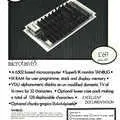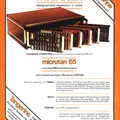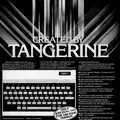Tangerine Advert - February 1980
From Personal Computer World

New from Tangerine Computer Systems - the Microtan 65
Tangerine had been started in 1978 by Paul Johnson - who after school in Colchester went on to earn a PhD in high-speed analogue-to-digital converters at Bradford University - and a couple of friends from school, Mark Rainer and Nigel Penton Tilbury[1].
The company's first product was a video adapter board, which ultimately led to Tangerine being invited to develop the video system for Chris Shelton's Nascom 1 - at one time the UK's mopst popular single-board computer.
Tangerine at this point was a side-line, as Johnson was actually working for Cambridge Consultants Limited (CCL) on Milton Road - a company he had joined after leaving university in 1977 and which was said to have been Cambridge's "first really high-technology electronics company".
It was here that he met fellow CCL employee Barry Muncaster, a PCB layout contractor.
Johnson had designed the Microtan whilst working for CCL and whilst also selling his VDU kit, but realised that in order to launch his new design he would need a proper and professional company.
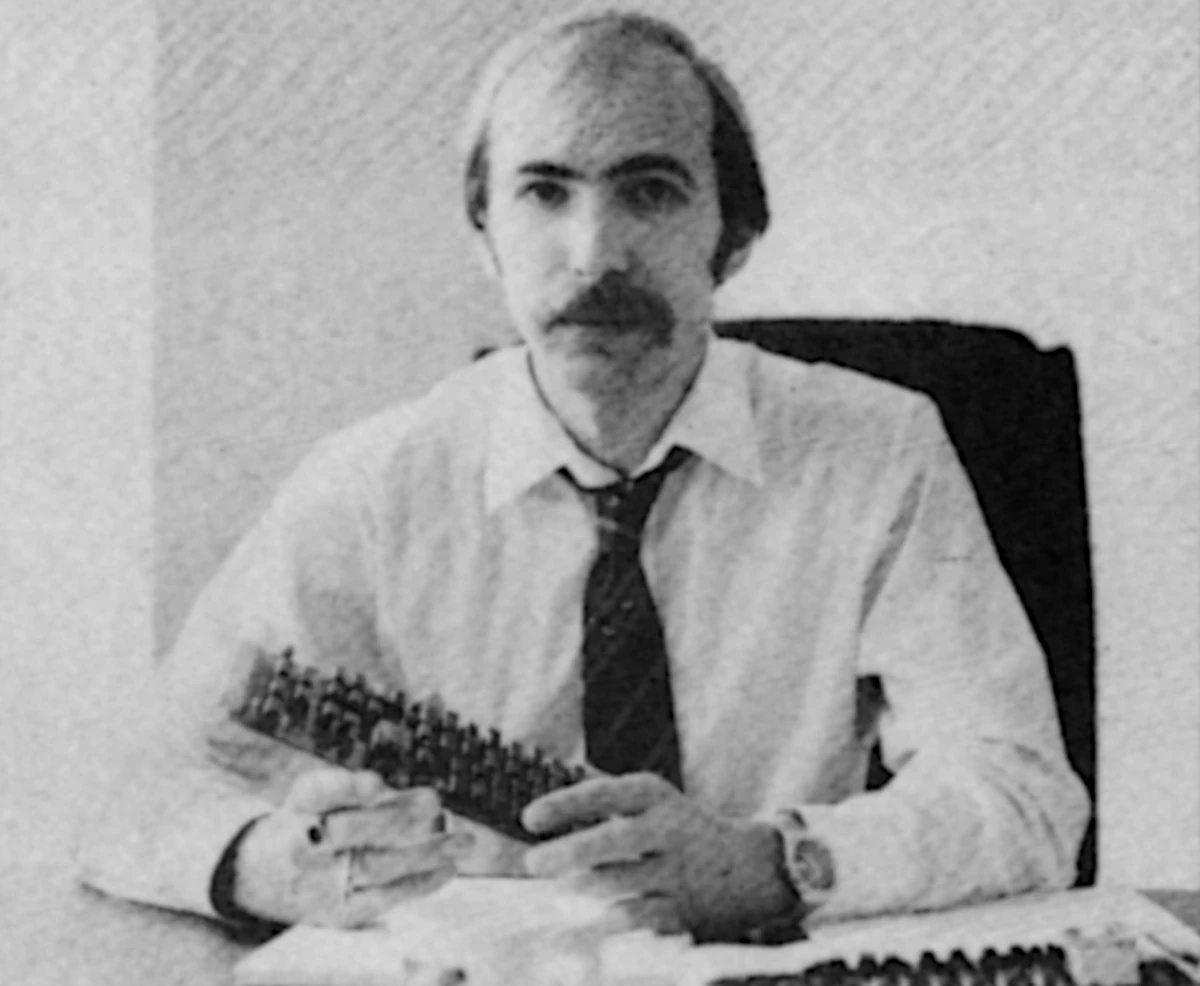
Paul Johnson of Tangerine, from Your Computer, November 1981
Johnson and Muncaster found some private financial backing, but as the new backers were unwilling to take on the existing Tangerine, it was dissolved, with the original partners Rainer and Tilbury going off to do their own things - which in Tilbury's case included the film-production industry[2].
The name was purchased from the remnants of the old company and the business was re-launched on the 1st October 1979.
However, the pair did not have a majority shareholding in the new venture and so within a year, in October 1980, they staged a management buyout, with funds from ICFC - a group comprised of five major clearing banks and the Bank of England[3]".
In-between the launch of the "new" Tangerine and the buy-out comes this early advert announcing the company's new Microtan 65 in its simplest form - just a board with chips on it and an RF-modulator to drive a standard domestic television.
The company would also offer niceties like a case and a keyboard, but only sold around 10,000 units before abandoning it. That was despite favourable feedback from users, with Johnson reporting:
"Microtan users become very enthusiastic about the system. Certainly, the engineers to whom we sell the machine in universities and companies like it very much because it has been designed by an engineer, not by a programmer. It shows from the reaction we obtain from the OEMs and the engineers - they like the way it has been put together"
Ready-assembled, the Microtan 65 board was available for £98, or around £620 in 2025, but the company also released a pre-assembled and cased version of the Microtan called the Micron.
This system included one of the company's Tanex expansion boards, an extended 10K version of Microsoft's BASIC, a keyboard, and VDU and serial ports, with the whole lot retailing for £395, or about £2,500 in 2025.
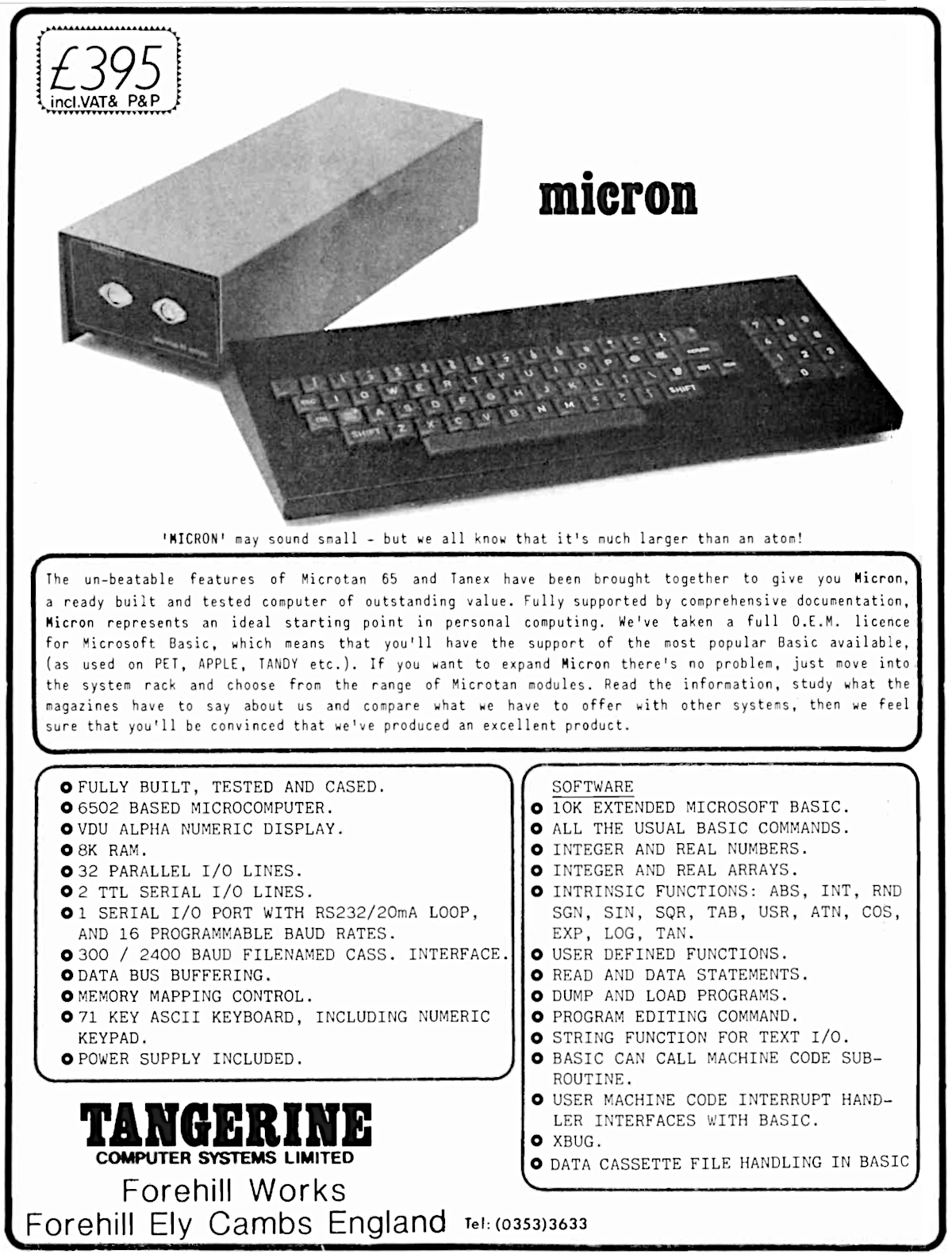
Tangerine's Micron pre-assembled system, as advertised in October 1980's Electronics Today International
The name of the company - Tangerine - was a nod to Apple, in a similar (but less litigous) way to Pearcom - a company which went one step beyond to also call its machine the Pear II.
The 65 in the case of the Microtan referred to the MOS Technologies' 6500-series chips, in this case the popular 6502[4] - as used in a raft of micros of the era from the Apple II to Commodore's VIC-20, as well as the Microtan itself.
After it was abandoned by Tangerine, the Microtan 65 was later resurrected by an un-related company called Microtanic around July 1983[5].
Date created: 23 January 2015
Last updated: 11 November 2025
Hint: use left and right cursor keys to navigate between adverts.
Sources
Text and otherwise-uncredited photos © nosher.net 2025. Dollar/GBP conversions, where used, assume $1.50 to £1. "Now" prices are calculated dynamically using average RPI per year.
